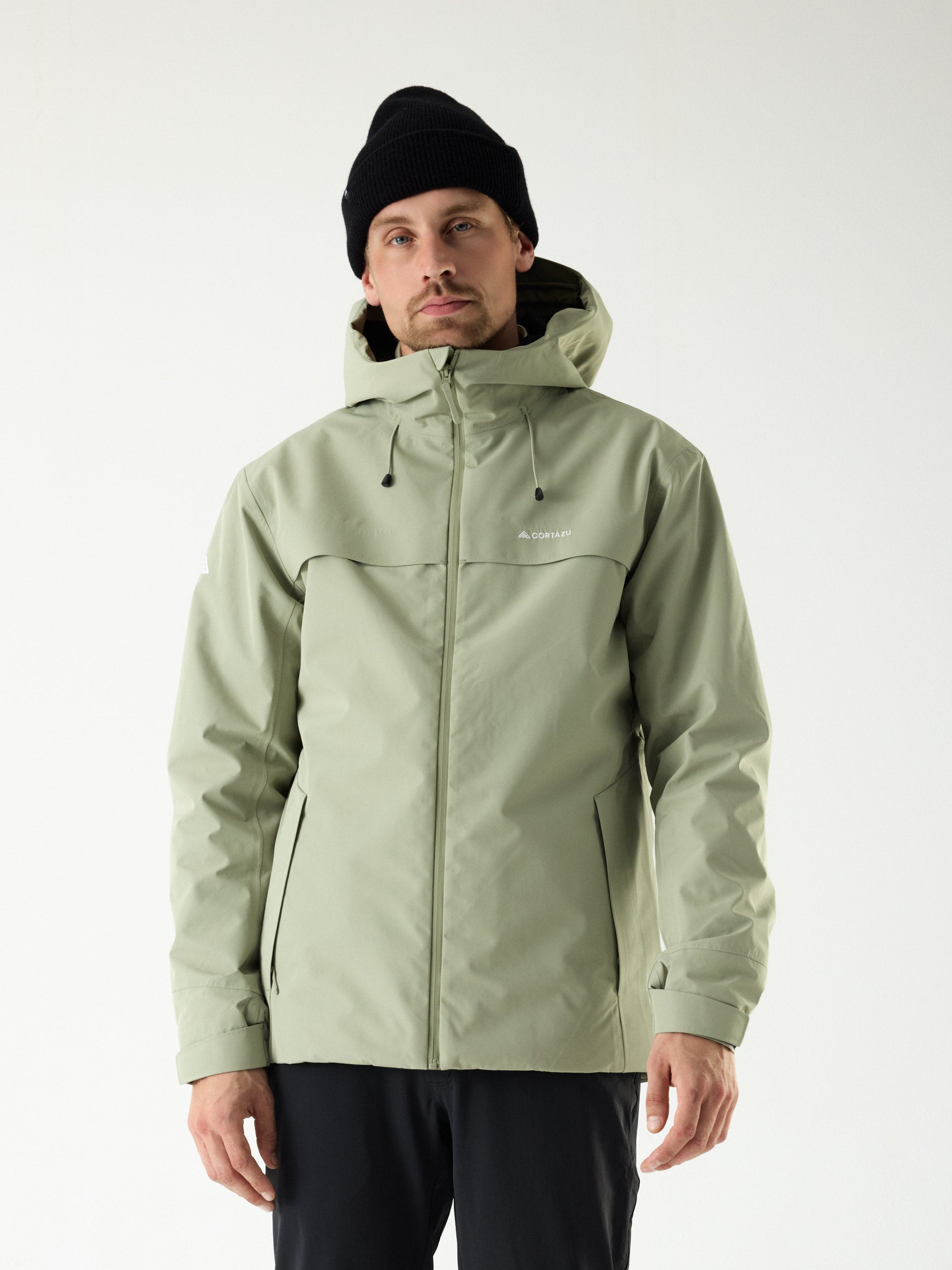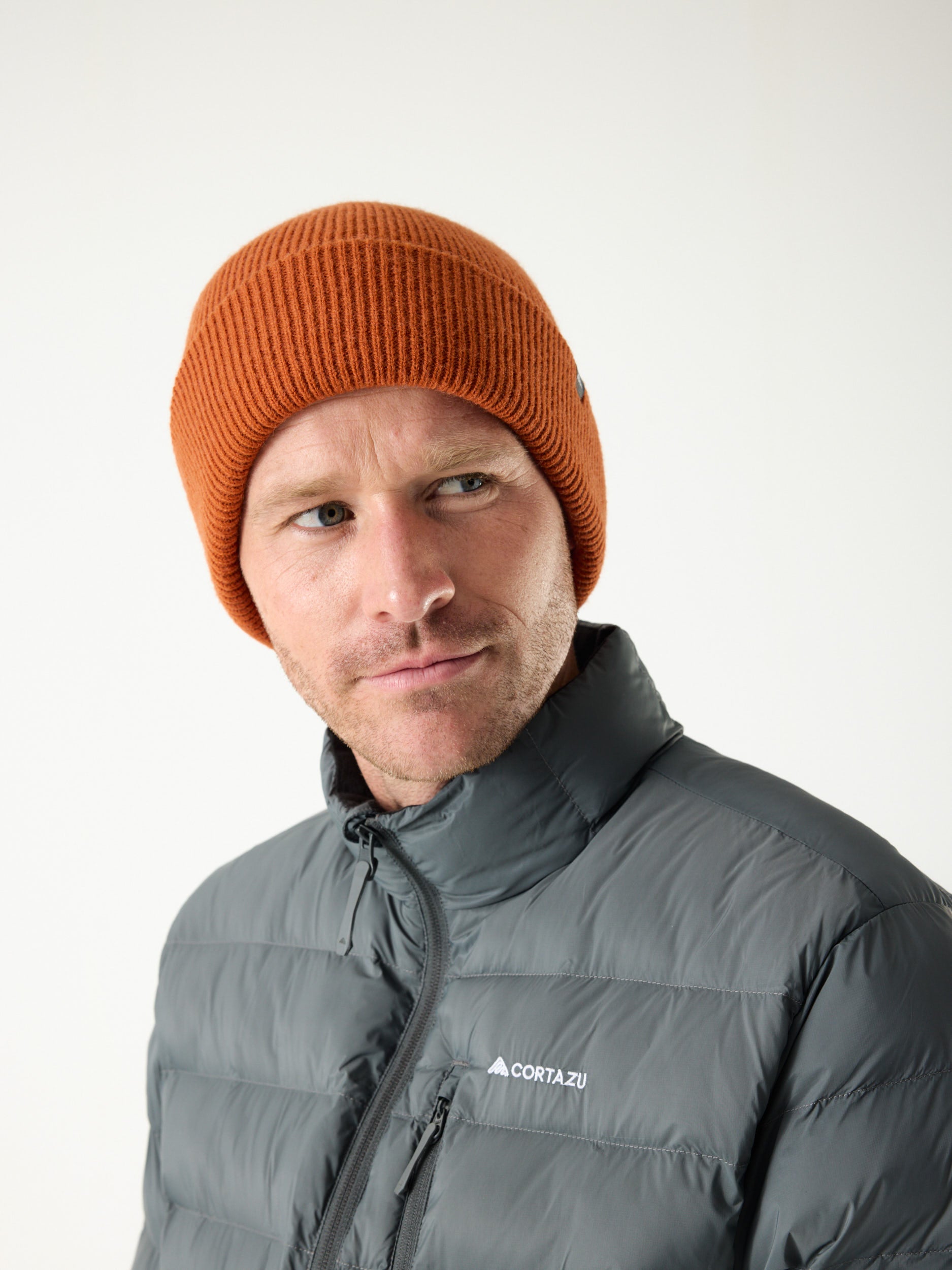If your family is like most in America today, chances are your children have become immersed in the technological craze that is spreading like wildfire throughout the world—and has been spreading for some time now. From video games to Facebook to Instagram to texting, the average child now spends much more time online than they actually do outside.
This is an absolutely tragic statistic that needs to be changed, the sooner the better. For children, the outdoor world means truly connecting with people and a chance for adventure, while also gaining an important measure of physical exercise.
As parents, encouraging our children to spend time outdoors is absolutely essential for the health benefits it offers them, and no outdoor activity is better or more uplifting than planning a backpacking trip with your kids.
To help you pull this off without a hitch, in the article below we have provided several tips and strategies that will make backpacking with your kids a bit easier, safer and a lot more fun.
How to Go Backpacking with Kids: Introduction

Every year, millions of parents across the country struggle with the same agonizing decision: what to do and where to go on the yearly family vacation.
Some will choose an amusement park of some kind while others will traipse off to visit relatives, but a select few people around the country will elect to go on a more engaging outdoor adventure—one that will cost much less than other vacation destinations: a backpacking trip on one of America’s great wilderness trails.
Of course, you may be wondering, “is it really a good idea to take my kids on a multi-day backpacking excursion?’ Can they handle an event like that?
Usually, the answer to those two questions is a resounding yes, but only if your planning is good.
Children are very resilient, and while they might be reluctant at first to stray away from all their electronic devices in favor of the great outdoors, you are likely to be surprised at just how well they take to the activity of backpacking.
With a chance to see new things like lakes, waterfalls and amazing wildlife, not to mention sleeping under the stars next to a roaring campfire, you just might get your kids hooked on backpacking in very short order, while also creating fond memories that will last a lifetime.
So just how do you plan for a trip such as this? How do you get your kids—and yourself—ready for a fun and exciting trip into the backcountry? Read on as we provide several tips and strategies for how to backpack with your kids.
Understand Your Kids’ Likes and Limits
A backpacking trip can be a big change of pace for children, especially if they are accustomed to a more sedentary lifestyle. Likewise, very small children may need to go at a slower pace than their older siblings and parents.
You should also account for what you will do to ensure your kids are engaged and having fun on the hike. When trying to get a full grasp on your kids’ likes and limits, you may want to ask a few questions when planning your trip, as getting answers to these questions can make the trip go much smoother.
Here are just a few of the queries to consider before you set out on your excursion:
- What are you trying to accomplish? Are you trying to stress the importance of exercise via this backpacking trip or simply attempting to introduce your children to the beauty of nature? Understanding the goals for the trip will make things go much more smoothly in the planning stage.
- How long is the trip? While older children may be happy to engage in a two-week adventure, the smaller children in the household may not be up to that kind of challenge.
- How intense is the trail? Naturally, smaller children may not be able to handle very challenging trails, such as those with steep elevation gains. Thus, you will need to choose a trail that matches everybody’s ability.
- Things to do during your downtime. If you understand what your kids like to do, you can plan activities during your downtime that will help them enjoy the excursion even more.
- How you will get there. We all know that children despise long car rides, so you may want to initially choose a trail that is fairly local in relation to where you reside.
Having an idea regarding what your kids love to do and the challenges they might not yet be able to accomplish can help you plan a very successful backpacking trip with your children.
Start Small
If your children are brand new to the world of backpacking, do not expect them to be able to hike 8-10 miles in a day—the distance that many experienced backpackers traverse. This is simply too long for them physically and from an endurance standpoint and you may just lose their interest for the activity entirely.
Instead you should start with small hikes on the weekend, culminated by a campfire and sleepover at the end of your destination. These smaller, less intense treks will help them build up the endurance for longer hikes and will give them an appreciation for the majesty that is the outdoors.
Get Them Involved
There are many ways to get your kids more involved in your backpacking and camping adventure. And when they feel more involved in the activity, they are much more likely to enjoy themselves.
Enlist your kids' help when setting up camp for the night: let them help set up the tent, build the fire, and prepare for the S’mores you will enjoy later. Show them pictures of the flora and fauna they are likely to see along the trail and give prizes for correctly identifying a plant or animal.
Anything that keeps them actively engaged—rather than tired or bored—will make the time and the miles fly by.
Treats Can Prevent Frequent Stops
Walking with a pack on one’s bag can make anyone tired and hungry, and while experienced adult backpackers can just gut it out until the next “scheduled” stop, you cannot expect that with children.
Once the first child fires the first “I’m hungry or I’m thirsty” whine you can almost guarantee it will result in a chorus of complaining, and unless you have some easy-to-access treats on hand you will find yourself making plenty of “unscheduled” stops along the trail.
When choosing treats for the trail, be sure to keep the children’s nutritional needs in mind, but you will also need to satisfy their sweet tooth in most cases. Protein bars, those with chocolate or peanut butter, are a great option along the trail.
Nuts will also work in a pinch, and juice boxes can quench their thirst until you make camp for the night. Candy is even okay in moderation, just keep it to a minimum to avoid sugar rushes and the ultimate crash from that rush.
Don’t Be in a Rush
If you are a goal-oriented person like this author, I am guessing you are likely to push yourself to get to your destination as quickly as possible. This is not necessarily a bad approach if you are backpacking solo, but it simply is not wise when backpacking with your children.
There is simply no way to be in a rush when backpacking with kids, so you need to be in a “no rush” mindset. Children may need frequent rests; they may need to stop to retie their shoes, etc.
This is okay. The important thing is that the whole family is together in a beautiful place, far away from the screech of technology and the hustle and bustle of your workaday lives.
You can use these stops as valuable teaching moments as you point out various plants and landscapes. This is also a great time to just sit and talk, perhaps about the highlights of the hike on which you just engaged.
Enjoy the environment and the time spent together and your rush-rush attitude will melt away.
Keep Your Packs Light
One of the best ways to ensure a successful backpacking trip with your kids is to keep your packs as light as possible. This, of course, is easier with shorter hikes, but as your children become more experienced with the activity and more willing to push their limitations, this becomes more and more challenging.
There are, however, many things you can do to save ounces in your pack. If packing clothes, choose those with lightweight fabrics as much as possible—fabrics made from nylon, Lycra or other synthetic materials, without a lot of zippers and buttons.
Select foods that are calorie dense—those with a lot of calories in small lightweight packaging—and keep your other gear to a minimum. If you are only going on a short overnight backpacking trip, keep your kids’ backpacks light while filling yours to the brim.
The lighter their packs are, the less likely they are to complain.
Last Words
Following all of these tips can help lead to a successful and enjoyable backpacking outing with your children, but perhaps the most important tip we can leave you with is to keep a great attitude even when things go wrong—and they will go wrong.
Showing your angst or frustration when problems occur on the trail may dissuade your children’s enthusiasm, so smile through it all and just be thankful that you are all together.





















